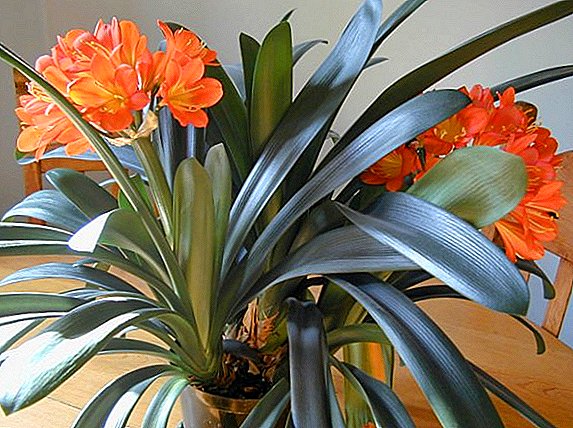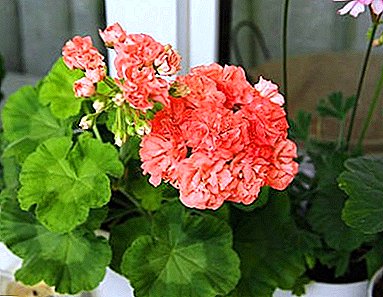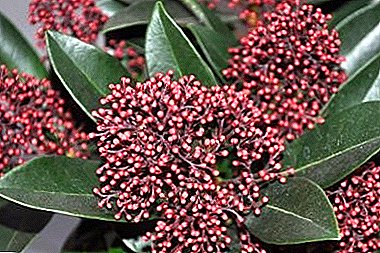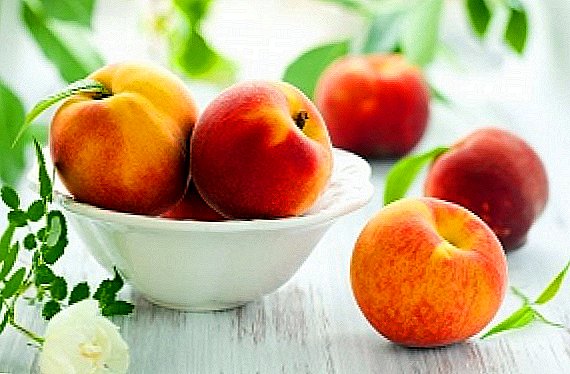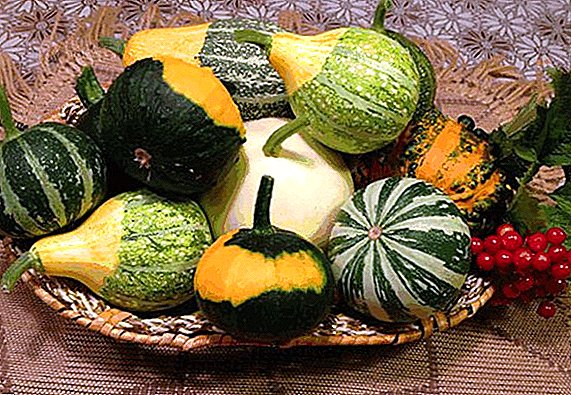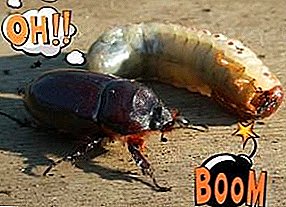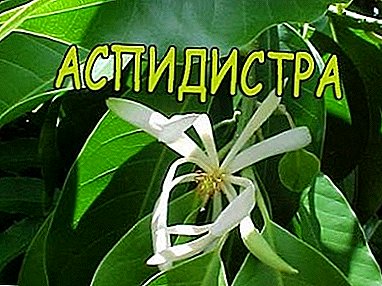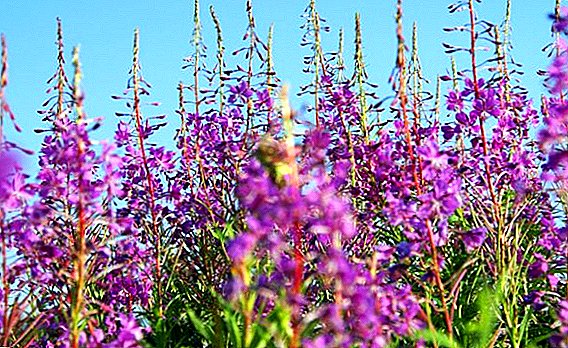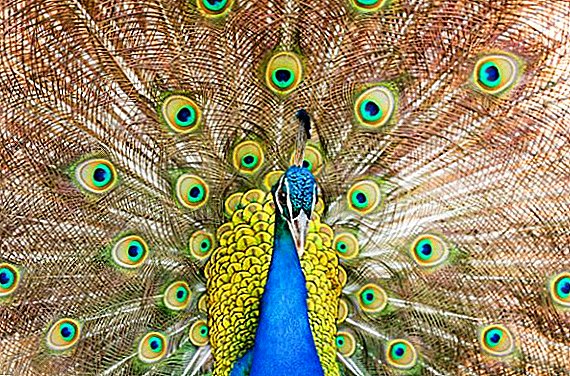 The most luxurious bird in the world can be considered a peacock, and all thanks to its unique tail. It belongs to the subfamily of the Pheasant family of the Curonidae, together with large-footed, guinea-fowl, Krax and serrated-beak partridges. The bird is distinguished not only by a fan of beautiful feathers in the upper tail, but also by other indicators, due to which its domestication took place.
The most luxurious bird in the world can be considered a peacock, and all thanks to its unique tail. It belongs to the subfamily of the Pheasant family of the Curonidae, together with large-footed, guinea-fowl, Krax and serrated-beak partridges. The bird is distinguished not only by a fan of beautiful feathers in the upper tail, but also by other indicators, due to which its domestication took place.
How does it look
Indian peacock - the most numerous and widespread species of these magnificent birds. A small head on a long elegant neck, adorned with a plume, blends in tone with the nadkhvosti.  The body is oval, oblong, smoothly turning into an elegant tail. The plumage of the Indian peacock is iridescent blue and green, possibly bronze.
The body is oval, oblong, smoothly turning into an elegant tail. The plumage of the Indian peacock is iridescent blue and green, possibly bronze.
Did you know? African and green peacocks are also found in the wild.
The smaller, compared to the male, the pava is painted in shades of brown.  Before the birds reach 1.5–2 years, it is impossible to determine the sex visually, since the plumage and the shape of the body are the same in the male and female. Small wings do not allow the bird to fly, so it spends most of the time on the ground, although it can take off if necessary.
Before the birds reach 1.5–2 years, it is impossible to determine the sex visually, since the plumage and the shape of the body are the same in the male and female. Small wings do not allow the bird to fly, so it spends most of the time on the ground, although it can take off if necessary.
The "relatives" of the peacock are wild chickens, pheasants, quails, and partridges.
Appearance and physique
Indian Peacock Exterior:
- Torso oval, large.
- Chest and back - wide, bulging.
- The tail is small, directed downwards. In the second year of life, the male has a long plumage of the uppertail. The length of the feather is the full size of the bird itself.
- The small elegant head is decorated with a tuft.
- The neck is long, proportional. The plumage of the neck is thick, iridescent with black, blue, white and green shades.
- The females are more faded, their plumage is made in gray-brown tones. Peas do not have such a unique tail as males.
- High powerful paws are not fledged. Beak and paws gray.
- The eyes are black, framed on both sides with white stripes.

Weight and dimensions
Characteristics of the form:
- the weight of males is 3.5-4 kg and females 3-3.5 kg;
- body length reaches 100 cm;
- tail - 30 cm;
- feathers nadhvosti can reach a length of 120-160 cm;
- the wingspan of the male is 200-230 cm, and that of the female is 90-100 cm;
- egg weight - 100 g;
- shell color - cream;
- egg production - 30 eggs during egg laying;
- hatchability of eggs - 80-90%.
The white peacock is not an albino, it is a rare natural color shape due to gene mutation.
Where lives and how many lives
The main habitat is Southeast Asia, the Indian subcontinent, the Congo River basin. Also found in other countries. The species introduced into America are wild and are now found in the American jungle. Habitat - shrub in the undergrowth, on the banks of rivers, on forest edges, in forests. Eating grains, they often settle near cultivated fields. They move rather quickly in the thickets, while the tail does not interfere with the male.  In natural habitat, the average life expectancy is 10-15 yearsand domestic breeding is up to 23. According to zoologists, the number of wild peacocks today is about 100,000 individuals.
In natural habitat, the average life expectancy is 10-15 yearsand domestic breeding is up to 23. According to zoologists, the number of wild peacocks today is about 100,000 individuals.
Important! In India, the damage caused by peacocks to cultural crops, along with the benefits that they bring, destroying pests, is noted. Therefore, in domestic breeding is not recommended to release peacocks in free range.
Lifestyles and habits
They live in small groups - 1 male and 3-5 females. Nests are found on the ground in the bushes. Here and feed. They spend the night on the branches of the trees, the birds rest there in the afternoon. Having chosen one tree, they prefer to return to it every evening.  Large mammals and birds of prey can hunt them. Therefore, the birds do not go far from the bushes, and sun glare in the tail plumage allows them to mask successfully. When breeding at home, it should be noted that peacocks do not get along well with other inhabitants of the farmstead. Therefore, they need a fenced own zone of residence.
Large mammals and birds of prey can hunt them. Therefore, the birds do not go far from the bushes, and sun glare in the tail plumage allows them to mask successfully. When breeding at home, it should be noted that peacocks do not get along well with other inhabitants of the farmstead. Therefore, they need a fenced own zone of residence.
The bird perfectly tolerates the cold climate and painlessly withstands snowy winters. Peacocks are disease resistant.
Important! In India, peacocks contain precisely to fight with snakes.
What feeds on
Meet the dawn of a bird at a watering place. After that, their working day begins. The main task is to search for food. The basis of the diet - vegetation, berries, nuts, grains, insects. Also they actively eat small rodents, reptiles. In general, peacocks eat everything that is in foliage and grass cover. They are quite unpretentious in nutrition and absolutely not selective.  At home, the birds are fed the same food as the chickens - grain, green fodder, root vegetables, mash, vegetables. Also, they can add nuts, berries, dried fruits to their food.
At home, the birds are fed the same food as the chickens - grain, green fodder, root vegetables, mash, vegetables. Also, they can add nuts, berries, dried fruits to their food.
Learn more about breeding peacocks at home.
Reproduction and behavior of parents
Live in flocks - one male and 3-5 females. Up to 2 years, males and females grow and outwardly are completely different from each other. In the third year of life, the maturity of young animals begins, which is expressed in the growth of feathers in the male and the change of color.  Mating dance consists of a demonstration in all the beauty of the male plumage. It is believed that the female chooses a male for the brightness of the plumage. The healthier and more productive the bird, the brighter its feathers. The reproduction of the Indian peacock coincides with the warm season in those places where it lives. In India, this is July-October, in Sri Lanka, January-April.
Mating dance consists of a demonstration in all the beauty of the male plumage. It is believed that the female chooses a male for the brightness of the plumage. The healthier and more productive the bird, the brighter its feathers. The reproduction of the Indian peacock coincides with the warm season in those places where it lives. In India, this is July-October, in Sri Lanka, January-April.
Video: peacock mating dance
The female creates a nest in secluded shelters, in a dense bush. The shape of the nest is a hole, filled with grass. Pava lays there 4-10 eggs and begins to incubate the clutch. In home breeding, you can extend the egg-laying, if you remove some of the eggs from the nest. In this way, pava can lay up to 30 eggs.  The laying is incubated - 28 days. Feeding chicks female. Chicks become active by the end of the first day of life, so they can even find food on their own.
The laying is incubated - 28 days. Feeding chicks female. Chicks become active by the end of the first day of life, so they can even find food on their own.
Did you know? In 2015, the Indian jewelry company Savio Jewelery created a unique peacock ring in the shape of a peacock. The ring is encrusted with 3827 diamonds. Its weight is 50.42 g. Ring cost - 2 744 525 dollars.
People and Peacocks
The process of domestication of any living creatures begins in the first place with the identification of its useful properties. In ancient India, this property was the ability to absorb poisonous snakes and plants without harm to themselves. Peacock or Mayura in Sanskrit means "the serpent killer." The first data on domestication date back to 1000 BC.
Thanks to the population in relation to the peacocks expressed in numerous legends and symbolism:
- Peacock - the mount of war god Kartikei. Kartikeya won the battle of the king of the demons Surapadman and from one part of the demon created a riding peacock, and from the second part a rooster adorning the standard of God.
- The symbolism of the Buddha also has a golden peacock and the deity itself is associated with this bird.
- The Greeks dedicated these birds to the goddess Hera for their ability to protect the house from strangers and hunt pests. The chariot of Hera carried peacocks across the sky. According to the behavior of these birds predicted the future. The Greeks believed that the flesh of the peacock did not collapse after his death, it was with this symbolism that the peacock migrated to Christianity. The eyes in the tail plumage symbolize the all-seeing eye of God.
- In Persians, he symbolized outer space and was a symbol of royal power.
- The Ming dynasty of China also considered this bird its symbol.
- The first great dynasty of the Indian Maharaja, the Maurya, is translated as "peacock", and the royal authority in India was called the "peacock throne".




Because of the unusual and elegant tail, which resembles the peacock's tail, "peacocks" are called the breed of pigeons.
Video: peacock ordinary
In Europe, peacocks were bred for meat until guinea fowls and turkeys ousted them. Their meat is significantly inferior to them in taste characteristics. The spread of peacocks from Asia to Europe lasted until the XVIII century. The nineteenth century was marked by the spread of these birds on all continents, including Australia and America. Today they adorn parks and gardens around the world.


